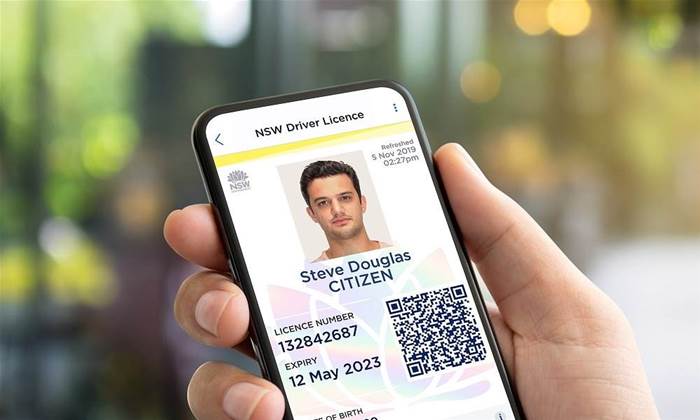The NSW government has introduced legislation that will put digital driver’s licences on equal footing with its physical counterpart, while paving the way for consent-based photo sharing.

Customer service minister Victor Dominello introduced the Road Transport Amendment (Digital Licencing) Bill in parliament this week to expand the use of opt-in electronic vehicle licences.
The bill will “give digital driver licences [DDLs] the same status as physical driver licences”, which are still considered the proof of identity 'gold standard' for the majority of transactions.
Businesses still require photocopies of a physical licence for identification in situations where an individual opens a bank account, takes out a loan or hires a car, for example.
Service NSW has been developing a digital driver's licence ‘copy solution’ for much of this year that can be used as an alternative in these situations.
Photocopies also run the risk of being exposed, as was seen last month when more than 54,000 scanned NSW driver’s licences were left on an open AWS instance by a third-party.
Dominello told parliament the bill will ensure customers can rely on a digital driver’s licence “to satisfy any legal requirement obliging them to produce their driver's licence”.
“This means that any time a NSW driver licence holder is required by law to produce their licence they can choose to do so using their plastic card or their DDL,” he said.
“This is a natural next step, given the success and popularity of the DDL, and is a significant step forward in advancing the NSW government’s commitments to digital transformation”.
Dominello said pharmacies would be a “key industry” to benefit from the bill, as pharmacists are required to verify identity before selling pseudoephedrine.
Service NSW recently began a pilot with five community pharmacies to ensure there are no barriers to DDL acceptance for proof of identity.
Other circumstances could include “buying from a second-hand dealer, buying explosives and various other transactions with the government”.
The bill will also improve the “security of the DDL by allowing [it] to be validated directly against the NSW driver's licence register”.
“This will bring the DDL into alignment with international standards for digital identity documents and pave the way for the DDL to be verified across jurisdictions,” Dominello said.
He added that the government is working with other states and territories, including policing agencies, to “ensure they are ready to recognise and accept the NSW DDL”.
The DDL is already subject to a “regular ethical hacker program”. Service NSW created the government’s first bug bounty program when the DDL was under development.
Since the digital driver’s licence went live last October, more than 1.7 million people have downloaded it, around 31 percent of all licence holders in NSW.
This is currently growing at around 2000 each day, helped in part by the shift to contactless payments during the pandemic.
The bill will also “create a legal framework for customer-driven sharing of photos and information among licensing authorities” to drive forward the government’s tell-us-once approach.
That will reduce the number of times a person has to submit passport-type photographs if they have previously provided their photo to the government.
“The amendments in this bill will pave the way for government agencies to share photos and other information, with customers' consent, so that in the future someone ... will only have to agree to use their driver's licence photo and the government will do the rest,” Dominello said
“This is one way that we are pursuing the priority of government made easy and continuing to increase the number of transactions where a customer needs to tell government once only.”


_(22).jpg&h=140&w=231&c=1&s=0)
.png&h=140&w=231&c=1&s=0)

_(20).jpg&h=140&w=231&c=1&s=0)



_(26).jpg&w=100&c=1&s=0)

 iTnews Executive Retreat - Security Leaders Edition
iTnews Executive Retreat - Security Leaders Edition











_(1).jpg&h=140&w=231&c=1&s=0)



